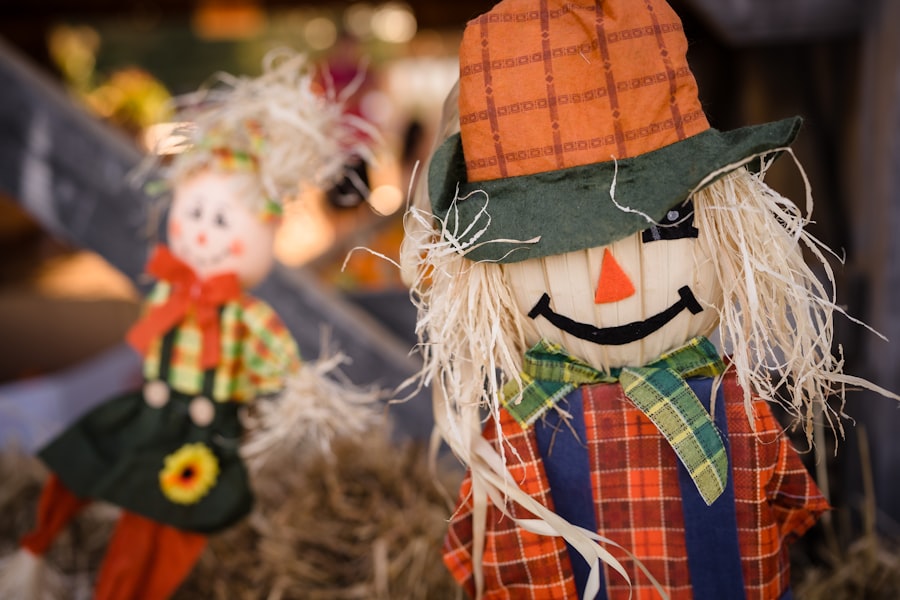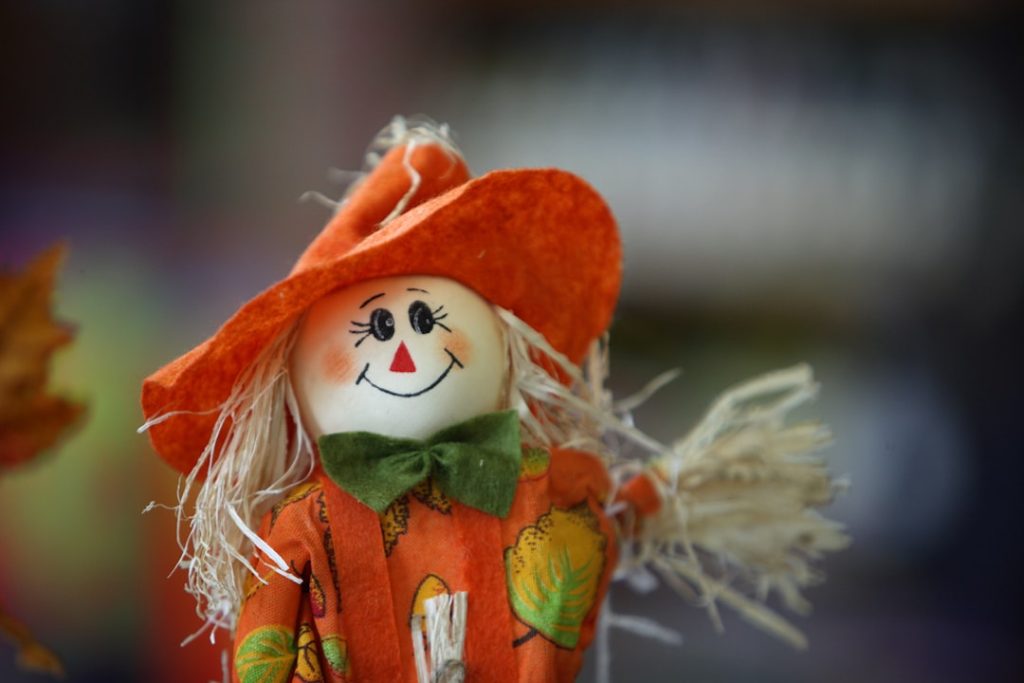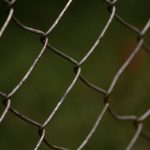Hawks and owls are two common predators that pose a significant threat to chickens. Hawks are diurnal raptors known for their sharp talons and exceptional eyesight, which enable them to be efficient hunters. They often circle high in the sky, scanning the ground for potential prey.
Owls, in contrast, are nocturnal predators with superior hearing and silent flight capabilities. Their ability to swoop down on unsuspecting prey without making a sound makes them particularly dangerous. Both hawks and owls are adept hunters capable of easily capturing chickens from coops or free-range areas.
It is essential for chicken owners to be able to identify these predators to implement appropriate protective measures for their flocks. A thorough understanding of the behavior and hunting patterns of hawks and owls is crucial for developing effective strategies to ensure the safety of chickens. To protect chickens from these aerial predators, owners may need to implement various safeguards.
These can include providing covered runs, installing reflective deterrents, using guardian animals, or employing other protective measures tailored to the specific threats in their area. By being vigilant and proactive, chicken owners can significantly reduce the risk of predation by hawks and owls.
Table of Contents
- 1 Securing the Chicken Coop: Implementing Physical Barriers
- 2 Utilizing Predator Deterrents: Scare Tactics and Visual Deterrents
- 3 Implementing Sound Deterrents: Using Noise to Keep Predators at Bay
- 4 Providing Adequate Shelter: Creating Safe Spaces for Chickens
- 5 Supervising Free-Range Time: Monitoring Chickens During Outdoor Activities
- 6 Seeking Professional Help: Consulting with Wildlife Experts
- 7 FAQs
- 7.1 What are some natural ways to keep hawks and owls away from chickens?
- 7.2 What are some physical barriers that can be used to protect chickens from hawks and owls?
- 7.3 Are there any specific breeds of chickens that are more resistant to hawk and owl attacks?
- 7.4 What are some signs that hawks or owls may be targeting chickens?
- 7.5 Are there any legal methods for deterring hawks and owls from chickens?
Key Takeaways
- Hawks and owls are common predators of chickens and can be identified by their physical characteristics and hunting behaviors.
- Implementing physical barriers such as fences, netting, and covers can help secure the chicken coop and protect the chickens from predators.
- Scare tactics and visual deterrents such as predator decoys, shiny objects, and motion-activated lights can help deter hawks and owls from attacking the chickens.
- Using noise deterrents such as radios, wind chimes, and predator calls can help keep predators at bay and protect the chickens.
- Creating safe spaces within the chicken coop and providing adequate shelter can help protect the chickens from predators and provide a sense of security.
Securing the Chicken Coop: Implementing Physical Barriers
Physical Barriers: The First Line of Defense
One of the most effective ways to protect chickens from hawks and owls is by implementing physical barriers around the chicken coop. This can include installing a sturdy fence around the perimeter of the coop to prevent predators from gaining access. Additionally, covering the top of the coop with wire mesh or netting can help deter aerial attacks from hawks and owls.
Predator-Proofing the Coop
Another important aspect of securing the chicken coop is ensuring that the coop itself is predator-proof. This means using heavy-duty materials for construction, such as strong wire mesh and solid wood, to prevent predators from breaking in. It’s also important to secure all openings, such as doors and windows, with locks or latches to prevent predators from gaining entry.
Regular Maintenance and Repairs
In addition to physical barriers, it’s important to regularly inspect the coop for any signs of wear and tear, and make necessary repairs to ensure that it remains secure. By implementing these physical barriers and maintaining the coop, chicken owners can significantly reduce the risk of hawks and owls preying on their flock.
Utilizing Predator Deterrents: Scare Tactics and Visual Deterrents

In addition to physical barriers, scare tactics and visual deterrents can be effective in deterring hawks and owls from targeting chickens. One common scare tactic is the use of scarecrows or decoy predators, such as plastic owls or hawks, placed strategically around the coop or free-range area. These decoys can create the illusion of a threat, causing hawks and owls to think twice before approaching.
Another visual deterrent that can be effective is the use of reflective objects, such as shiny tape or CDs, hung around the coop or free-range area. The reflective surfaces can disorient and deter hawks and owls from approaching, as they may perceive them as potential threats. Additionally, using motion-activated lights or sprinkler systems can startle predators and discourage them from approaching the coop or free-range area.
These visual deterrents can be effective in keeping hawks and owls at bay and protecting chickens from potential attacks.
Implementing Sound Deterrents: Using Noise to Keep Predators at Bay
Sound deterrents can also be effective in deterring hawks and owls from targeting chickens. One common sound deterrent is the use of predator calls or distress calls that mimic the sounds of other predators or distressed animals. These calls can create a sense of danger for hawks and owls, causing them to steer clear of the area.
Another effective sound deterrent is the use of noise-making devices, such as air horns or whistles, that can startle predators and discourage them from approaching. These devices can be set up to go off at regular intervals or triggered by motion sensors to keep hawks and owls at a distance. In addition to predator calls and noise-making devices, playing loud music or creating other loud noises around the coop or free-range area can also help deter predators.
The key is to create a noisy environment that makes it uncomfortable for hawks and owls to approach, ultimately keeping chickens safe from potential attacks.
Providing Adequate Shelter: Creating Safe Spaces for Chickens
In addition to implementing deterrents and physical barriers, providing adequate shelter for chickens is crucial in protecting them from hawks and owls. This includes ensuring that the chicken coop is well-constructed and secure, with enough space for all chickens to roost comfortably at night. It’s also important to provide hiding spots within the coop where chickens can seek refuge if they sense danger.
This can include adding extra nesting boxes or creating secluded areas within the coop where chickens can retreat if they feel threatened by predators. In addition to shelter within the coop, providing natural cover in the form of trees, shrubs, or tall grass around the free-range area can also offer protection for chickens. These natural hiding spots can provide chickens with a safe place to escape from aerial predators like hawks and owls.
By providing adequate shelter for chickens, chicken owners can help minimize the risk of hawks and owls preying on their flock, ultimately keeping them safe and secure.
Supervising Free-Range Time: Monitoring Chickens During Outdoor Activities

Designated Safe Zones
One way to supervise free-range time is by using designated chicken runs or enclosed outdoor areas where chickens can roam safely under supervision. These designated areas can be equipped with physical barriers and visual deterrents to further protect chickens from potential attacks.
Additional Protective Measures
Additionally, setting up regular patrols or using guard animals, such as dogs or geese, can help deter predators and provide an extra layer of protection for free-ranging chickens.
Minimizing Risk
By actively supervising chickens during outdoor activities, chicken owners can help minimize the risk of hawks and owls preying on their flock.
Seeking Professional Help: Consulting with Wildlife Experts
In some cases, dealing with persistent predator threats may require seeking professional help from wildlife experts. Wildlife experts can provide valuable insights and advice on how to effectively deter hawks and owls from targeting chickens, as well as offer guidance on implementing long-term solutions for protecting the flock. Wildlife experts may also be able to provide additional resources, such as specialized predator-proofing techniques or equipment, that can further enhance the security of the chicken coop and free-range area.
Additionally, wildlife experts can offer guidance on legal methods for dealing with predator threats, especially in areas where hawks and owls are protected species. By consulting with wildlife experts, chicken owners can gain valuable knowledge and support in effectively protecting their flock from potential attacks by hawks and owls. In conclusion, protecting chickens from hawks and owls requires a multi-faceted approach that includes understanding the behavior of these predators, implementing physical barriers and deterrents, providing adequate shelter, supervising free-range time, and seeking professional help when needed.
By taking proactive measures to safeguard their flock, chicken owners can help ensure the safety and well-being of their chickens in the face of potential predator threats.
If you’re looking for more tips on keeping your chickens safe, you might be interested in this article on whether turkeys need a coop. It’s important to consider the safety and well-being of all your poultry, not just chickens, so learning about the specific needs of different birds can be very helpful.
FAQs
What are some natural ways to keep hawks and owls away from chickens?
Some natural ways to keep hawks and owls away from chickens include using scare tactics such as reflective objects, noise makers, and predator decoys. Additionally, providing adequate shelter and cover for chickens can help deter predators.
What are some physical barriers that can be used to protect chickens from hawks and owls?
Physical barriers such as netting, fencing, and covered enclosures can be used to protect chickens from hawks and owls. These barriers can help prevent predators from accessing the chickens.
Are there any specific breeds of chickens that are more resistant to hawk and owl attacks?
Some breeds of chickens, such as larger and more aggressive breeds like the Jersey Giant or the Brahma, may be more resistant to hawk and owl attacks due to their size and temperament. However, no breed is completely immune to predator attacks.
What are some signs that hawks or owls may be targeting chickens?
Signs that hawks or owls may be targeting chickens include missing or injured chickens, feathers scattered around the coop or yard, and sightings of hawks or owls in the vicinity of the chickens.
Are there any legal methods for deterring hawks and owls from chickens?
In the United States, hawks and owls are protected under the Migratory Bird Treaty Act, which prohibits the harassment, capture, or killing of these birds without a permit. Therefore, it is important to use non-lethal and humane methods to deter hawks and owls from chickens.
Meet Walter, the feathered-friend fanatic of Florida! Nestled in the sunshine state, Walter struts through life with his feathered companions, clucking his way to happiness. With a coop that’s fancier than a five-star hotel, he’s the Don Juan of the chicken world. When he’s not teaching his hens to do the cha-cha, you’ll find him in a heated debate with his prized rooster, Sir Clucks-a-Lot. Walter’s poultry passion is no yolk; he’s the sunny-side-up guy you never knew you needed in your flock of friends!







